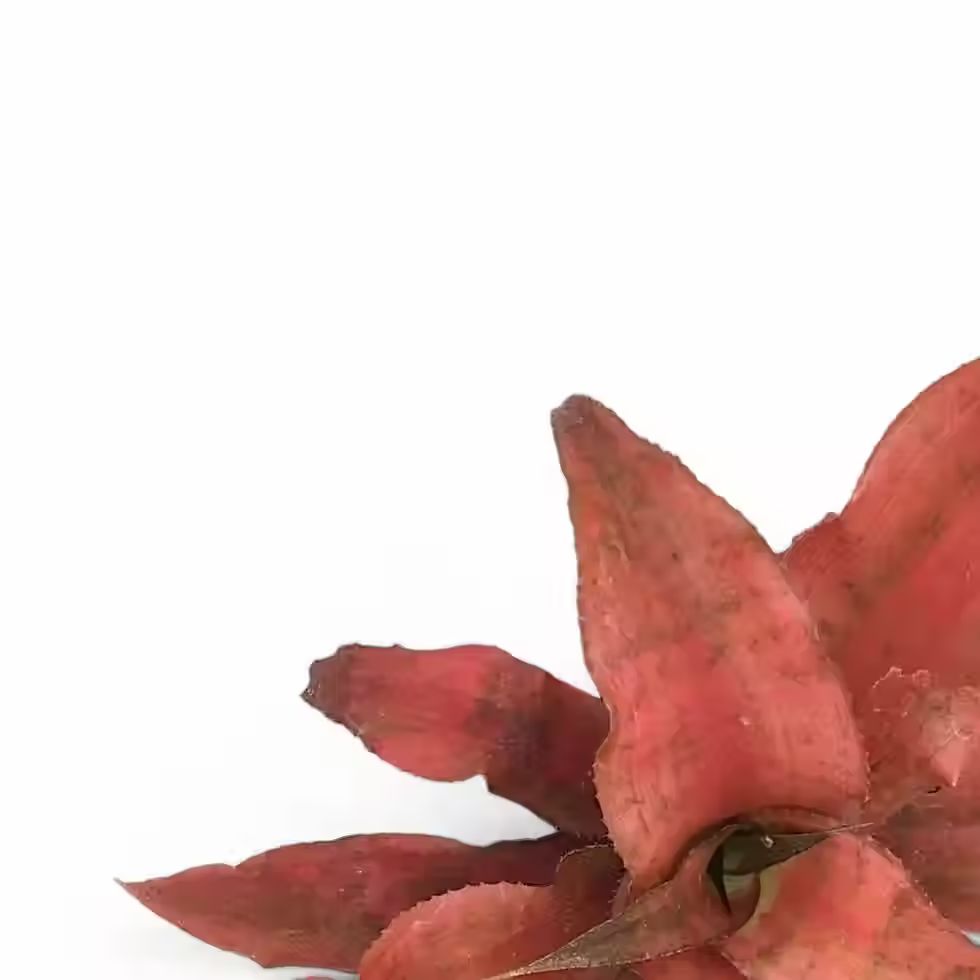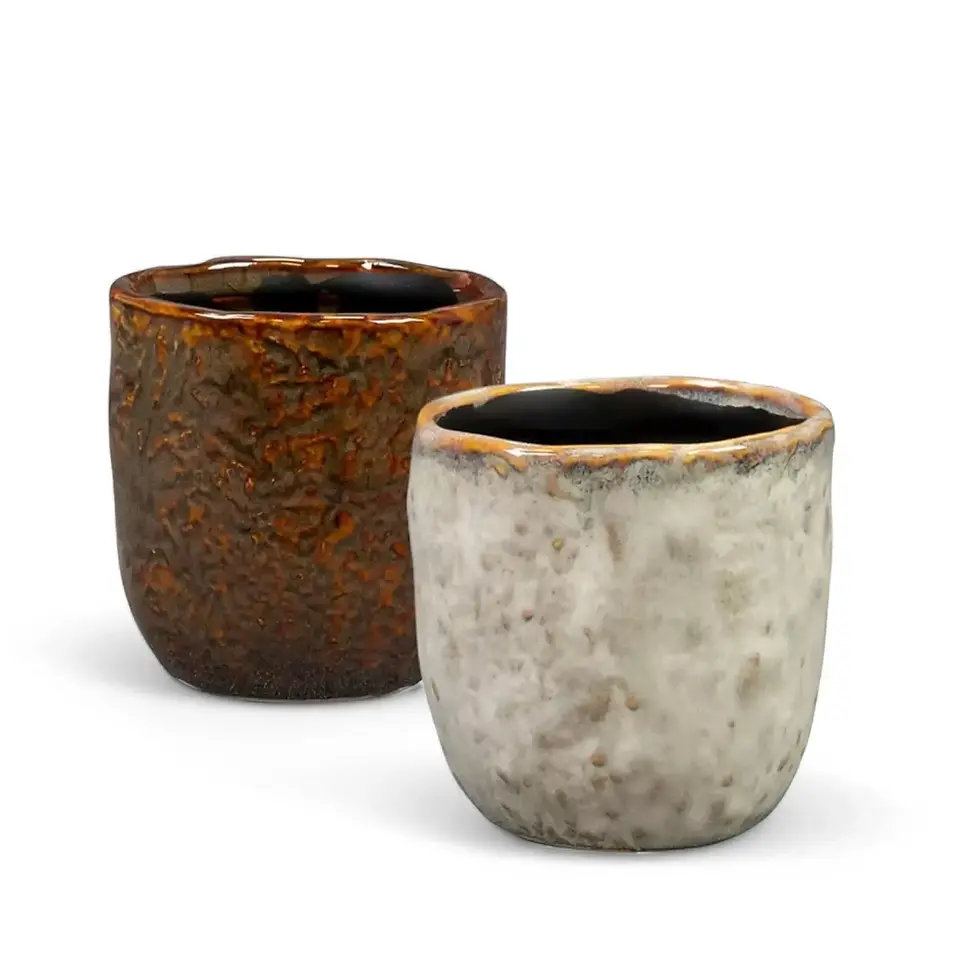Tillandsia caput-medusae – Octopus Plant Guide and Practical Care Tips
There’s no mistaking Tillandsia caput-medusae. With its twisted, curling leaves bursting out from a plump base, this air plant looks like it belongs in a coral reef or on another planet. Nicknamed the Octopus Plant, it lives up to its name with wild, tentacle-like foliage that coils and bends with a mind of its own. The surface of each leaf is coated in fine, silver-grey fuzz—trichomes that help it soak up moisture and nutrients from the air. When it flowers, it sends up a vivid red bract that erupts with deep purple blooms, giving the whole plant a flaming torch vibe. The bloom is short-lived, but unforgettable.
This is one of those plants that doesn’t need soil, doesn’t want pampering, and still manages to pull focus in any space. Mount it, hang it, perch it in a shell—it thrives best when it’s a bit offbeat.
Standout Features and Physical Traits
-
Thick, twisting silver-green leaves with a fuzzy surface
-
Bulbous, vase-like base that naturally stores moisture
-
Red flower spike with tubular violet blossoms
-
Compact growth, ideal for mounting or suspending
-
No soil needed—grows epiphytically on wood, stone, or nothing at all
Core Facts About Tillandsia caput-medusae
Native to southern Mexico and parts of Central America, Tillandsia caput-medusae grows in dry tropical forests where rainfall is modest (around 800–1200 mm annually) and temperatures range between 20–30 °C. It clings to tree branches or rocky surfaces, absorbing moisture and nutrients directly from the humid air. Indoors, it typically reaches up to 25 cm in height and width. The growth habit is upright and self-supporting, with curling leaves that give it a semi-arching structure. Growth is slow to moderate.
- Toxicity: Non-toxic to pets and humans.
- Lifecycle: It flowers once, then gradually produces offsets (pups) before the parent plant fades out.
Tillandsia caput-medusae – How to Keep It Happy
-
Light: Bright, filtered light. Avoid direct midday sun.
-
Watering: Soak in room-temperature water for 15–30 minutes once a week. In hot/dry air, mist between soakings. Shake off excess moisture after each watering to avoid rot.
-
Humidity: Prefers moderate to high humidity (above 50%).
-
Temperature: Best between 18–30 °C. Avoid cold drafts and temperatures below 10 °C.
-
Soil: None. Never pot in soil. Mount on wood, shells, or display bare.
-
Repotting: Not applicable. Just reposition if mounted.
-
Fertilizing: Use a bromeliad or air plant fertilizer diluted to 1/4 strength monthly.
-
Propagation: Produces pups at the base. Let them grow to 1/3 size of parent before separating.
-
Hydroponics: Not suitable.
-
Pruning: Remove spent blooms or dried leaf tips with sterile scissors.
Problems You Might Encounter and Fix Fast
-
Leaf tips browning? Low humidity or underwatering ➜ Soak longer or more often.
-
Rotting base? Poor airflow or water trapped ➜ Ensure plant dries fully within 4 hours after watering.
-
Leaf curling tightly or closing? Dehydration ➜ Increase watering frequency or humidity.
-
No pups after bloom? Normal delay ➜ Wait a few months, they emerge from the base.
-
Pests (rare): Watch for mealybugs or scale on the base ➜ Dab with alcohol or rinse plant thoroughly.
Other Things Worth Knowing
This plant doesn’t need a pot, a substrate, or a routine. It thrives on rhythm: regular soakings, bright indirect light, and good airflow. It’ll eventually give you offsets—just like it does in the wild. Learning how it survives in dry forests clinging to bark or rocks gives you a big clue: no fuss, just the right conditions.
Name Origins and Botanical Background
The name Tillandsia honors Elias Tillandz, a 17th-century Finnish botanist. The species name caput-medusae translates to “head of Medusa,” referring to its unruly leaf shape that looks like a tangle of serpents. It was officially described in 1880 by Belgian botanist Charles Jacques Édouard Morren in Annales de la Société Royale d’Agriculture et de Botanique de Gand.
FAQs
How long does the Octopus Plant live?
Individual plants live several years. After blooming, it produces pups and slowly declines, making way for the next generation.
Can I keep it in a terrarium?
Only if it's open and has excellent airflow. Closed terrariums can trap too much moisture and cause rot.
How do I mount it without damaging it?
Use non-toxic glue (like E6000) or soft wire, but avoid gluing or tying through the base. Support it gently until roots anchor.
Buy Tillandsia caput-medusae today and bring a twist of the wild into your indoor jungle. This soil-free, sculptural air plant is ready to thrive in your space.
Tillandsia caput-medusae
Tillandsia caput-medusae is approx 10cm tall/long and comes without a pot.
























































